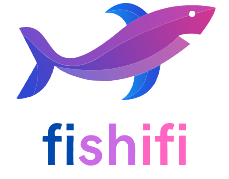Caring for your Betta Fish Food involves more than just giving them food. Understanding their diet and nutrition is essential to keep them healthy. Betta fish, known as Siamese fighting fish, are stunningly colorful and captivating pets with lively personalities. Their vibrant hues and unique behaviors make them favorites among aquarium enthusiasts. However, proper nutrition is critical to keep your Betta thriving. While caring for these beautiful fish might seem straightforward, their feeding and dietary needs require more thought and understanding than one might assume.
To give your Betta the best nutrition, focus on their need for protein, fat, fiber, phosphorus, carbohydrates, calcium, and essential vitamins (A, D3, E, K, B1, B2, B3, B5, B6, B12, C, H, and M). Choose natural Betta food with protein listed as the main ingredient. Avoid flakes made for goldfish or other tropical fish, as they don’t meet Betta-specific dietary needs.
Understanding Betta Fish Food
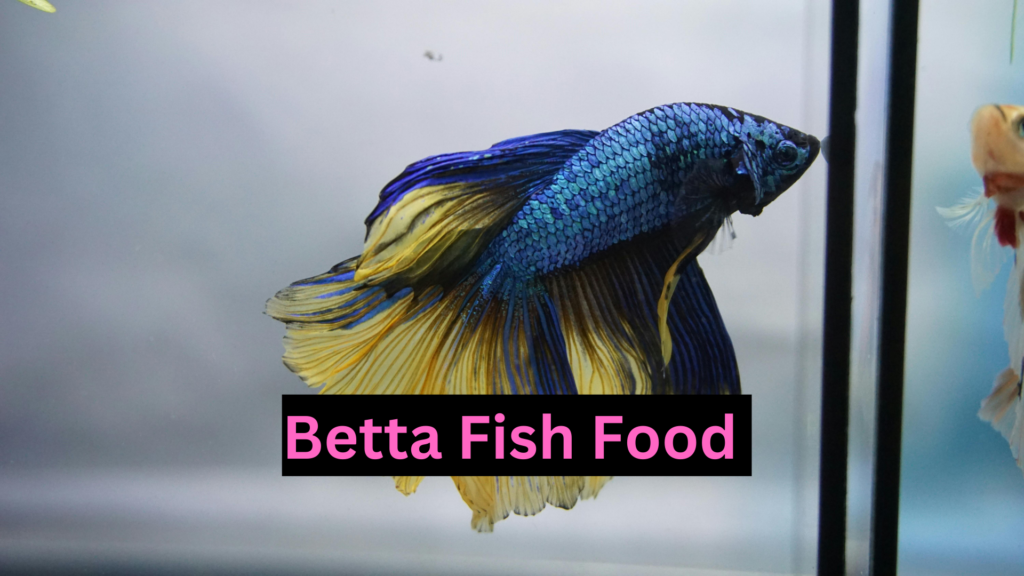
In their natural habitat—shallow ponds and slow-moving waters of Southeast Asia—Betta fish mostly eat meat i.e. they are carnivores. They feed on insects, larvae, and small crustaceans, hunting them down with the precision of a mini predator. Their diet is high in protein and packed with nutrients needed for survival in the wild.
The Building Blocks of a Betta’s Diet
High-Quality Pellets:
Pellets are the most popular type of Betta fish food available, but their quality can vary widely. The best pellets contain fewer fillers and more nutritious, high-quality ingredients to support your Betta’s health. However, some pellets swell significantly when they absorb water, leading to bloating and digestive problems if eaten dry.
To prevent this, pre-soak expanding pellets in tank water before feeding, especially if your Betta eats quickly and aggressively. This helps hydrate the pellets, making them safer and easier to digest.
Freeze-Dried Foods:
Freeze-dried food is a great way to add some of Betta’s natural diet to their meals, but it doesn’t offer the same nutritional value as live or frozen foods. These foods are dehydrated and often include fillers to maintain shelf stability.
To make freeze-dried foods safer and more digestible, it’s best to soak them in tank water before feeding to rehydrate them and add moisture. Relying solely on freeze-dried food can lead to bloating and constipation in Bettas, so it’s important to use it as a supplement rather than a main diet.
One big advantage of freeze-dried foods is that they are free from bacteria and parasites, making them a safe choice. They’re also affordable, widely available at local fish stores and online, and easy to store in standard fish food containers for long periods.
Betta Fish Flakes
There are flakes designed specifically for Betta fish, but it’s important not to feed them tropical fish flakes since those lack the high protein content Bettas need. Betta flakes can be a regular part of their diet but can create a mess in the tank. Always remove leftover or sunken flakes right after feeding to maintain water quality. Additionally, some Betta fish may be picky and refuse to eat flakes altogether.
Frozen Foods & Live Foods:
If your Betta has only ever eaten pellets, then you and your fish are missing out on a richer feeding experience. Bettas are carnivores, and they thrive on the excitement of hunting for their prey, which mimics their natural behavior in the wild. Offering them live or frozen foods is the closest way to replicate their natural diet and habitat.
While some live and frozen food options may be harder to find, they provide a balanced diet for your Betta. However, it’s crucial to ensure these foods come from reliable sources, as they can sometimes carry parasites or diseases. Never feed your Betta anything caught outdoors, as it can be harmful.
Frozen foods are an excellent alternative to live prey, offering similar benefits while being easier to store. Keep frozen Betta food in your freezer and defrost only the amount you need for a single feeding. Return unused portions to the freezer immediately, and avoid refreezing thawed food, as it could harbor harmful bacteria.
How Much and How Often Should You Feed?
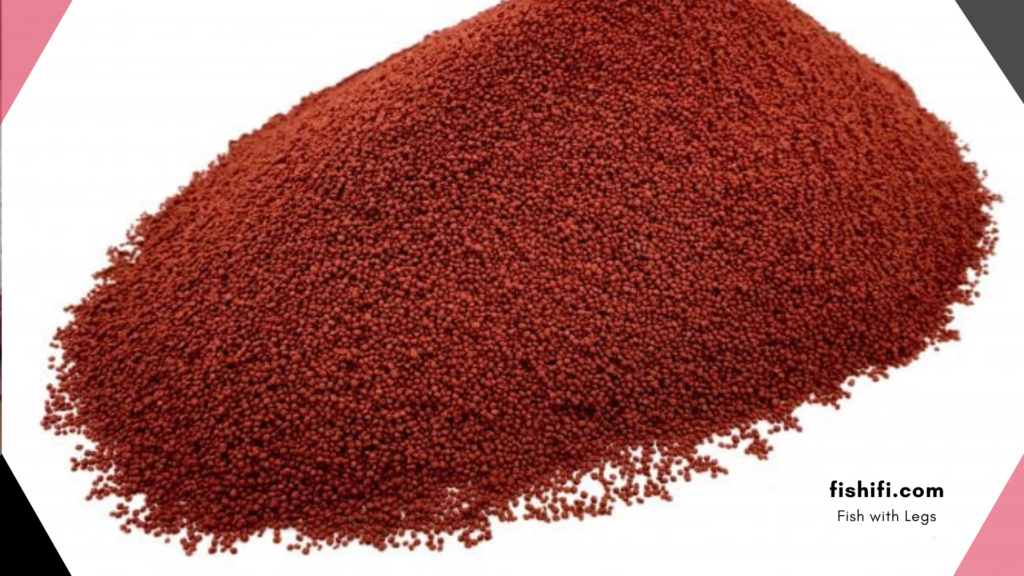
Ignore the feeding instructions on the packaging of your Betta fish food—they’re often misleading and can harm your fish and tank’s water quality. These instructions typically suggest feeding as much as your Betta will eat in 3–5 minutes or several times daily, often leading to overfeeding and waste buildup. Instead, follow these recommended guidelines for healthy feeding:
Suggested Portion Sizes:
- Betta pellets: 2–4 pellets, 1–2 times daily.
- Live, frozen, or freeze-dried foods: 2–3 pieces, 1–2 times daily.
- Frequency: Feed adult Bettas once per day and fry (baby Bettas) twice per day.
While these portions might seem small, keep in mind that many pellets expand up to twice their size when soaked. A Betta’s stomach is roughly the size of its eye, so feeding too much can cause bloating, constipation, and swim bladder issues.
Ideal Weekly Feeding Schedule:
- Monday: Betta fish pellets (2–4 pellets, 1–2 times daily)
- Tuesday: Live, frozen, or freeze-dried food (2–3 pieces, 1–2 times daily)
- Wednesday: Betta fish pellets (2–4 pellets, 1–2 times daily)
- Thursday: Betta fish pellets (2–4 pellets, 1–2 times daily)
- Friday: Live, frozen, or freeze-dried food (2–3 pieces, 1–2 times daily)
- Saturday: Betta fish pellets (2–4 pellets, 1–2 times daily)
- Sunday: No feeding (fast day for digestive health)
Practical Tips for Healthy Feeding:
- Cleaning: Use an aquarium-safe turkey baster or similar tool to remove leftover food at the bottom of the tank. This minimizes ammonia buildup and prevents food decay, reducing the risk of disease.
- Fasting: Skipping feeding one day each week can promote digestive regularity and help prevent problems caused by overeating.
Vacations and Short Absences:
If you’re leaving for one or two days, resist the urge to pour extra food into the tank. Excess food leads to overfeeding, bloating, or uneaten leftovers rotting in the water. Bettas can go up to 14 days without food, so skipping feeding for a weekend is much safer than overfeeding before leaving.
By following these thoughtful feeding practices, you’ll help ensure your Betta stays healthy, active, and thriving!
Common Feeding Mistakes to Avoid
1. Overfeeding
Bettas often act hungry, begging for food even after they’ve eaten. Resist the urge to feed them just a bit more. Excess food sinks to the bottom, decays, and spoils the tank environment. Bettas tend to overeat when given the chance, which can lead to:
- Constipation and bloating
- Obesity (yes, Bettas can get fat!)
- Swim bladder disorders
- An increase in harmful bacteria due to uneaten food
- Poor water quality, ammonia buildup, and disease
- In extreme cases, even death
2. Using Generic Fish Food
As previously mentioned, many generic fish foods contain fillers like wheat or corn. These provide little nutritional value and can cause digestive issues. Always choose foods designed specifically for carnivorous fish.
3. Ignoring Fasting Days
Skipping feeding for one day a week can prevent bloating and constipation, especially if you’ve introduced freeze-dried or pellet food into their diet.
Practical Tips for Better Feeding
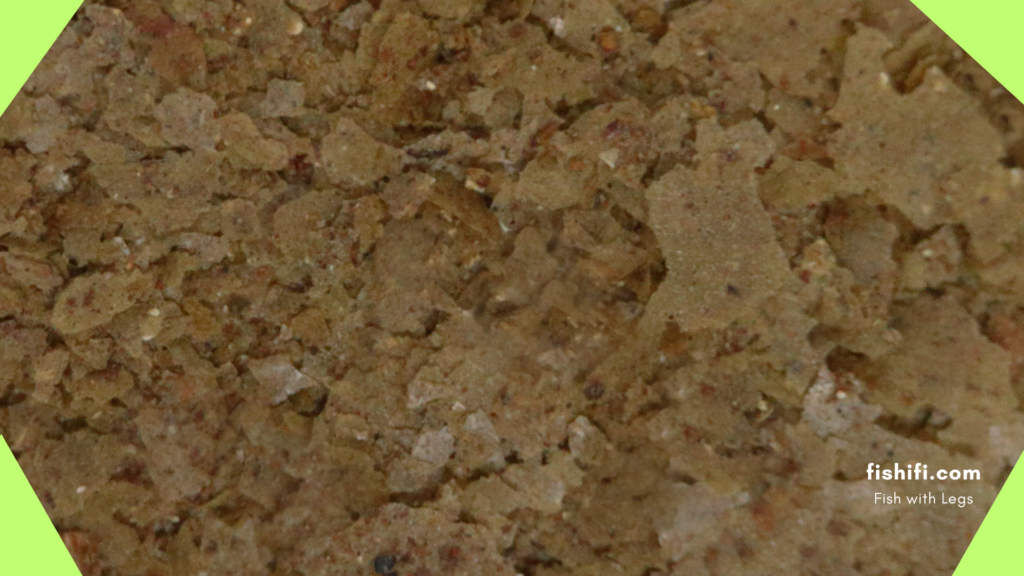
Learn to Observe Your Betta
Each Betta is unique. While some will happily munch on anything, others can be picky. If your Betta refuses a particular food, don’t panic. Experiment with different options until you find their favorite.
Use Feeding as Enrichment
Break the monotony of tank life by introducing live or frozen food. Watching a Betta hunt down a live brine shrimp can be fascinating and great for their mental stimulation.
Control the Environment
Temperature and water quality can significantly affect your Betta’s appetite. Maintain water temperature between 76°F and 82°F and keep the tank clean to ensure their appetite remains healthy.
What If Your Betta Fish Won’t Eat?
Common Reasons for Appetite Loss
- Cold Water Temperature:
If the water temperature is outside the ideal range of 76–81°F, your Betta may become lethargic, and their metabolism will slow down. A slower metabolism means they’ll eat less frequently. Always use a reliable aquarium heater to maintain consistent water temperature within the recommended range. - Age:
As Bettas age, they naturally become less active and may eat less. This is normal and nothing to be concerned about as long as they’re otherwise healthy. - Illness:
If your Betta stops eating, it could be a sign of illness. Just like humans lose their appetite when sick, Bettas do too. Keep an eye out for symptoms of disease, such as changes in color, clamped fins, abnormal swimming, or visible parasites. Early detection and proper treatment are key to helping your Betta recover. - Picky Eating Habits:
Bettas can be fussy about their food. If they’re spitting out food or turning away from it, try experimenting with different types or brands of Betta food. They may prefer a specific flavor, texture, or form—such as pellets, freeze-dried, live, or frozen foods.
Recovery and Appetite Resurgence
If your Betta’s appetite loss is due to stress or illness, it will usually return as they recover. Once your Betta is feeling better or has acclimated to their environment, you’ll notice them resuming normal feeding habits.
Tips to Encourage Eating
- Maintain a stable environment: Ensure proper water conditions, including the right temperature and pH levels.
- Offer variety: Rotate between pellets, live, freeze-dried, and frozen foods to keep meals interesting and meet nutritional needs.
- Limit stress: Avoid sudden changes to their tank environment, and provide hiding spots to help them feel secure.
By keeping an eye on their behavior and providing the right care, you can help your Betta regain their appetite and thrive.
The Long-Term Impact of Proper Nutrition
A well-fed Betta isn’t just a healthy fish—it’s a vibrant, active companion. Proper nutrition enhances their colors, boosts immunity, and can even extend their lifespan. Ignoring their dietary needs, on the other hand, can lead to long-term health issues like swim bladder disease, poor immunity, and stress-related illnesses.
When you focus on quality over quantity and tailor their diet to their instincts, you’re not just feeding your Betta—you’re helping them thrive.
Feeding and nutrition may seem like minor details, but they play a significant role in your Betta’s overall health and happiness. By understanding their dietary needs, avoiding common mistakes, and experimenting with enriching options, you can ensure your Betta lives a long and vibrant life.
Whether you’re a new Betta owner or an experienced aquarist, there’s always more to learn about these fascinating little predators. A little extra care at feeding time goes a long way—your Betta will thank you with dazzling colors and lively antics!
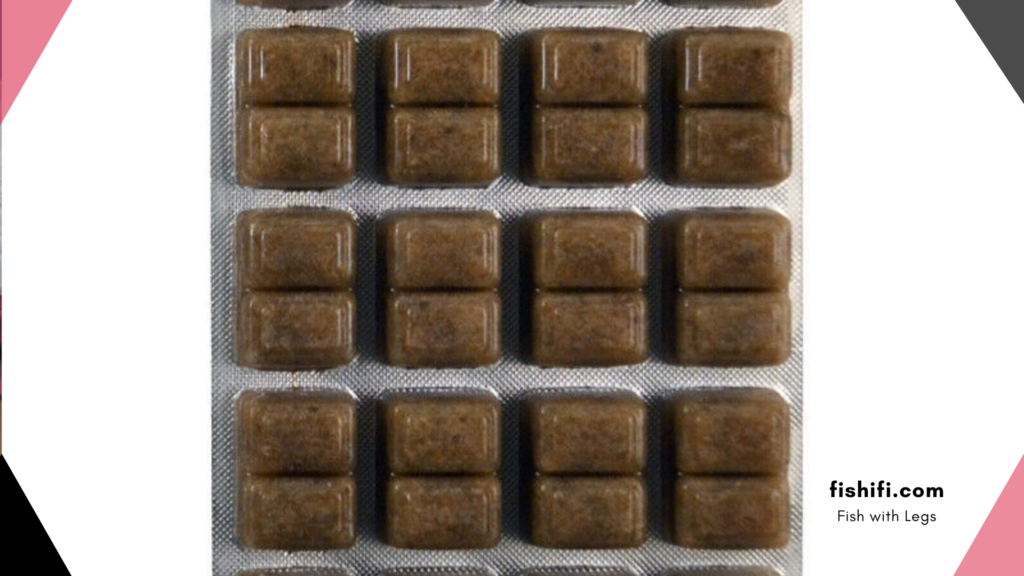
Feeding time is more than just a necessity—it’s an opportunity to bond with your Betta. Over time, you’ll notice how they recognize you during feeding and will often swim excitedly to greet you. This daily interaction builds trust and lets you keep an eye on their health.
Lucy, a first-time Betta owner, struggled with feeding Blaze at first. She started with regular flakes and noticed he wasn’t eating much. He seemed sluggish, and his vibrant red and blue colors began to fade.
After some research, Lucy switched to Betta pellets and added freeze-dried brine shrimp to Blaze’s meals. Within weeks, his energy returned, and his colors became more striking. Today, Blaze is a happy, healthy fish who eagerly performs little “tricks” every feeding time.
If your Betta fish isn’t eating or seems uninterested in food, don’t panic. A lack of appetite can be normal and may simply mean they aren’t hungry or are adjusting to stressors such as a recent tank cleaning, moving to a new environment, or abrupt water temperature changes. There’s no need to worry if they go a couple of days without eating; Bettas can survive up to 14 days without food.
